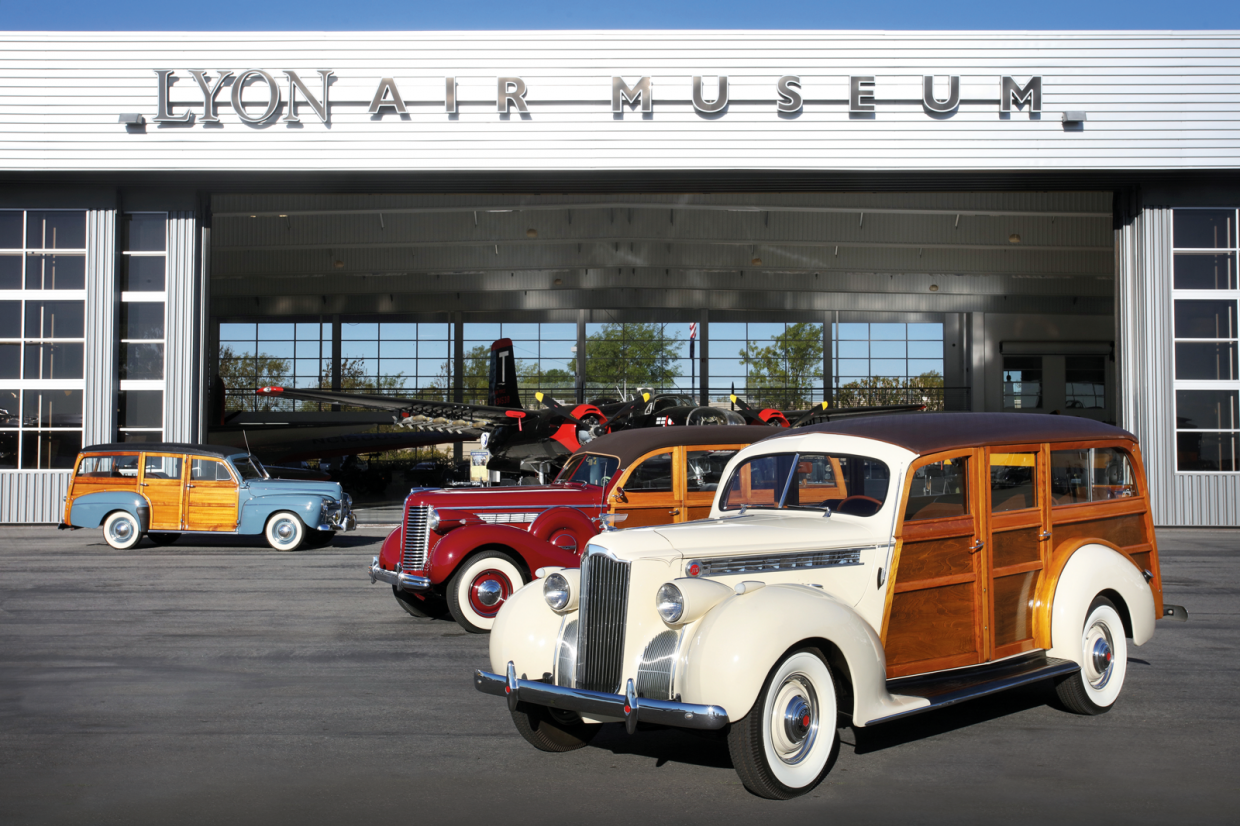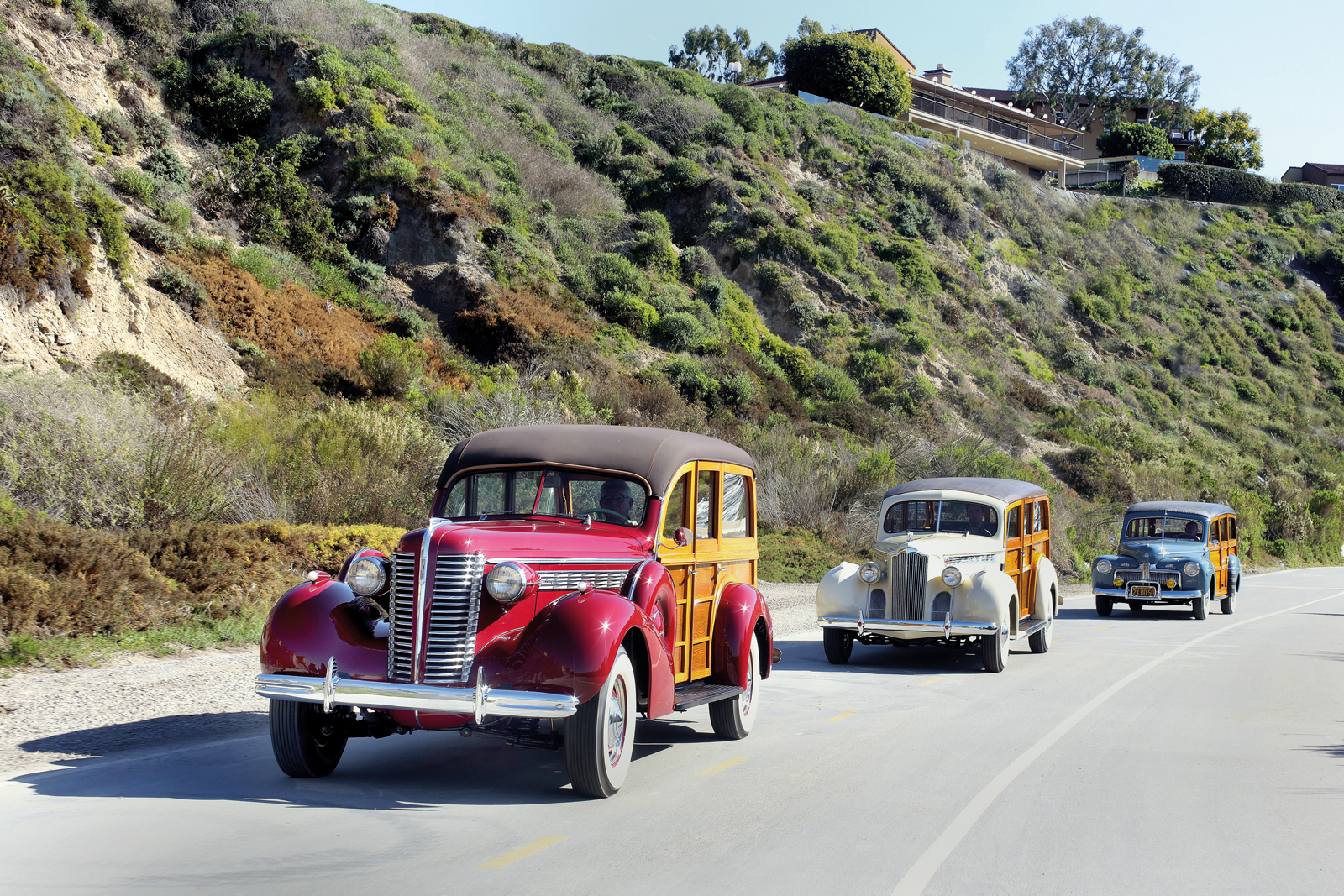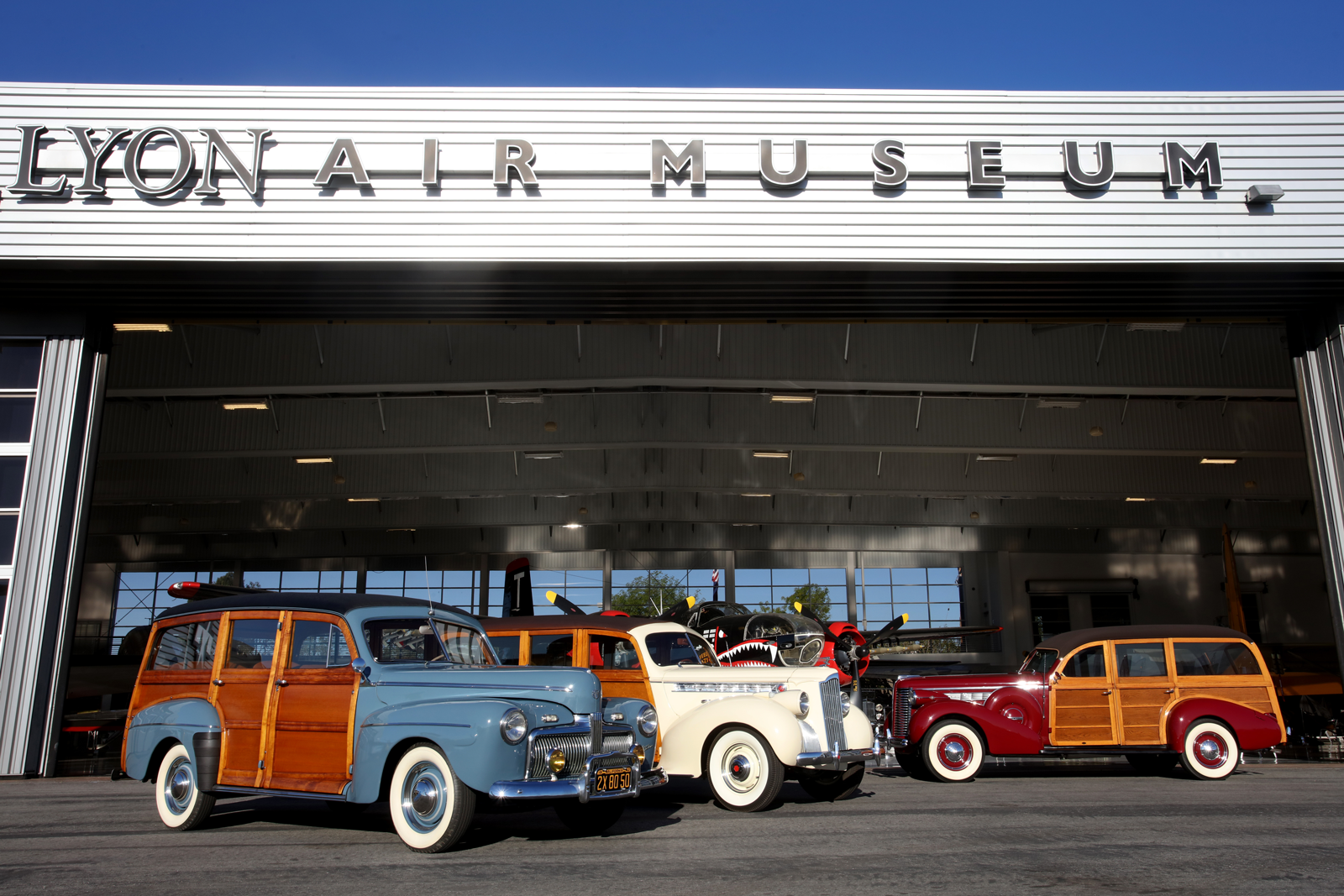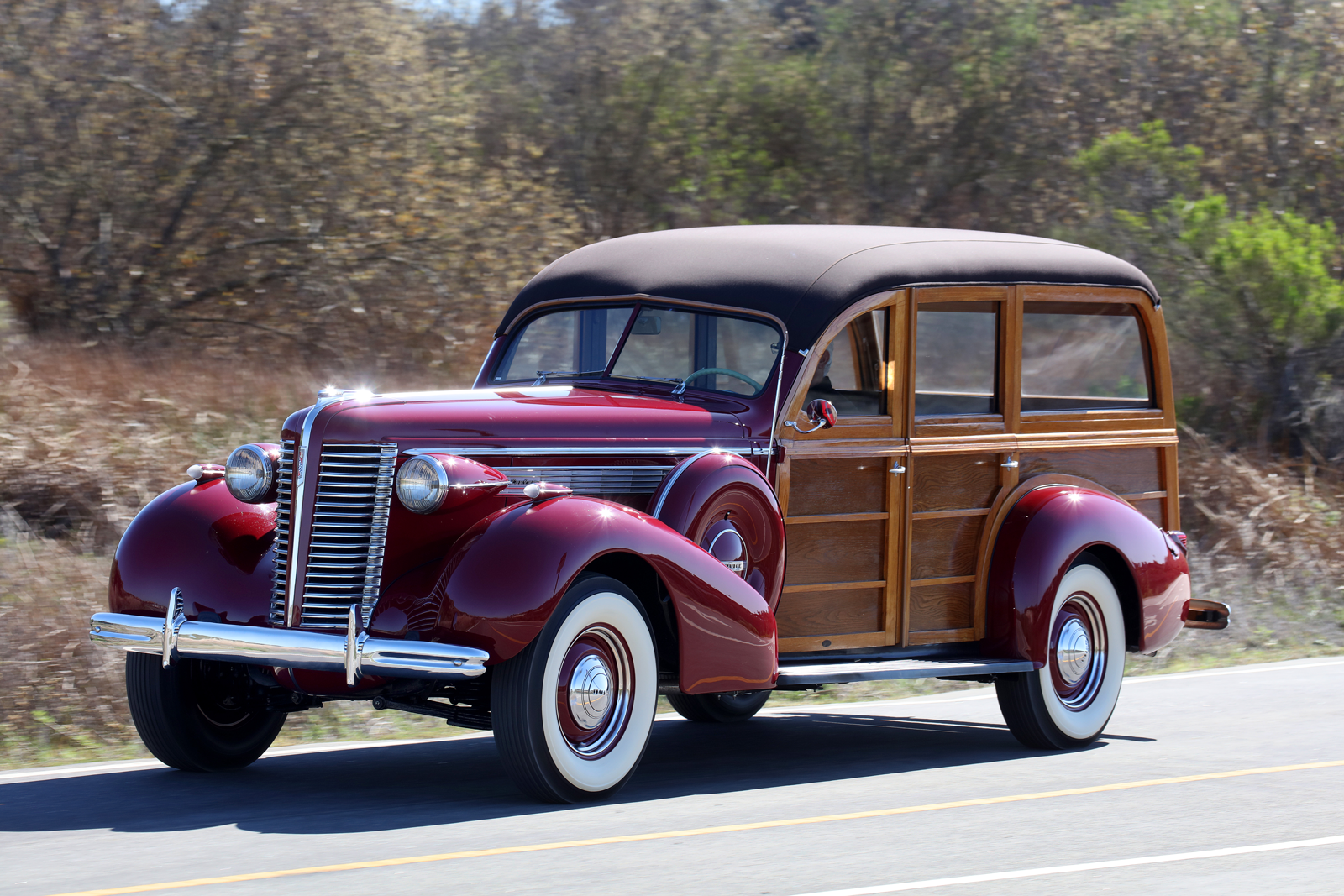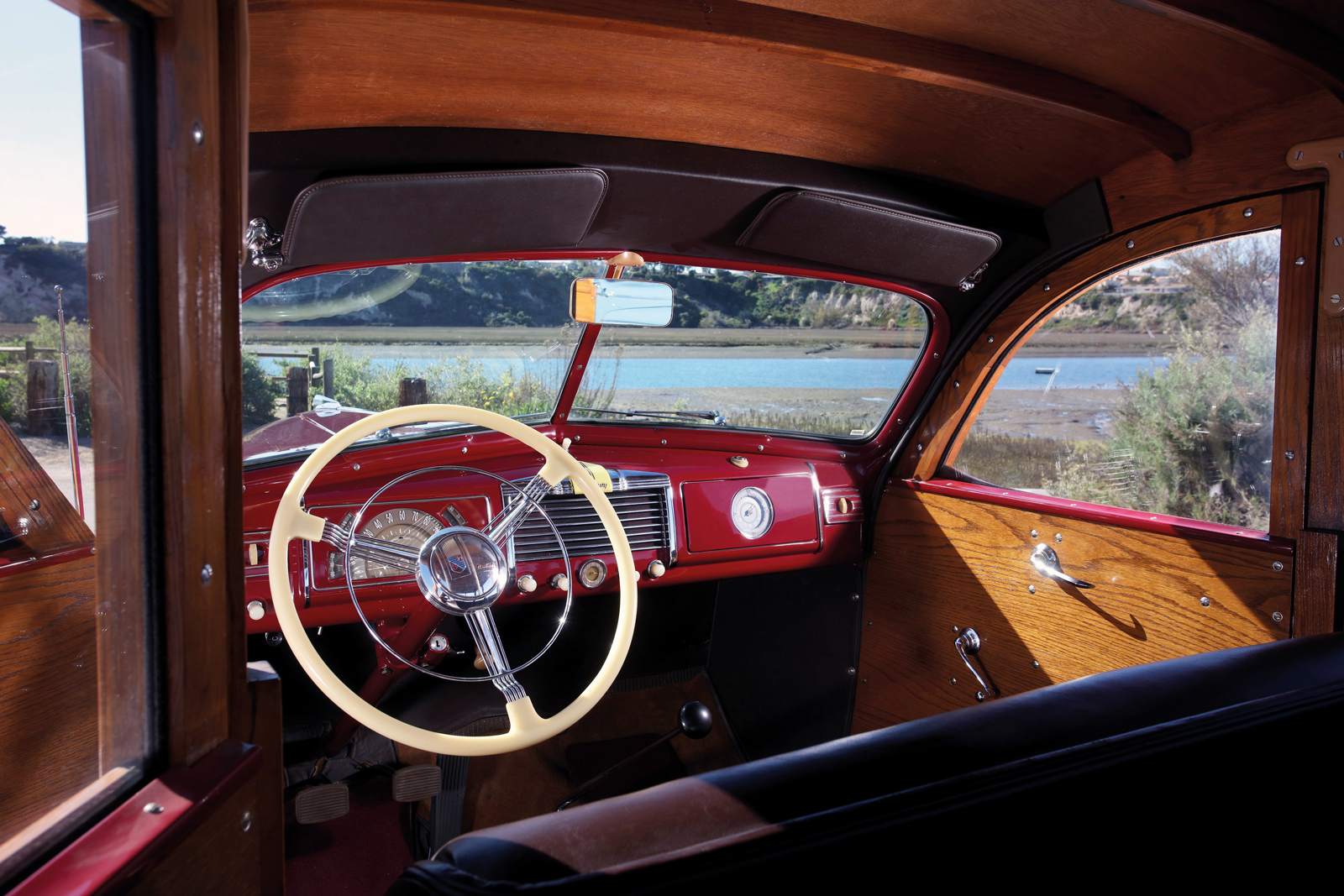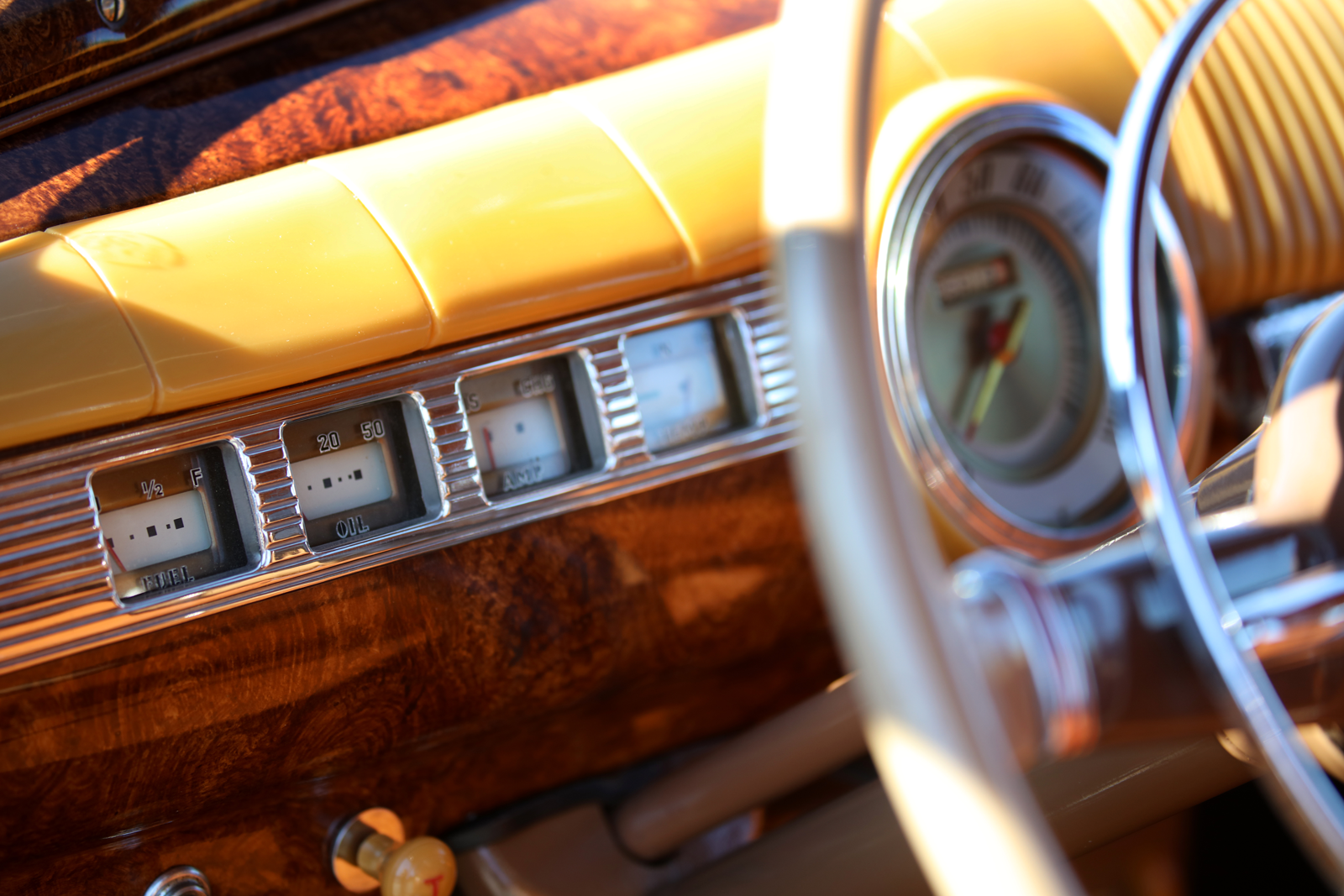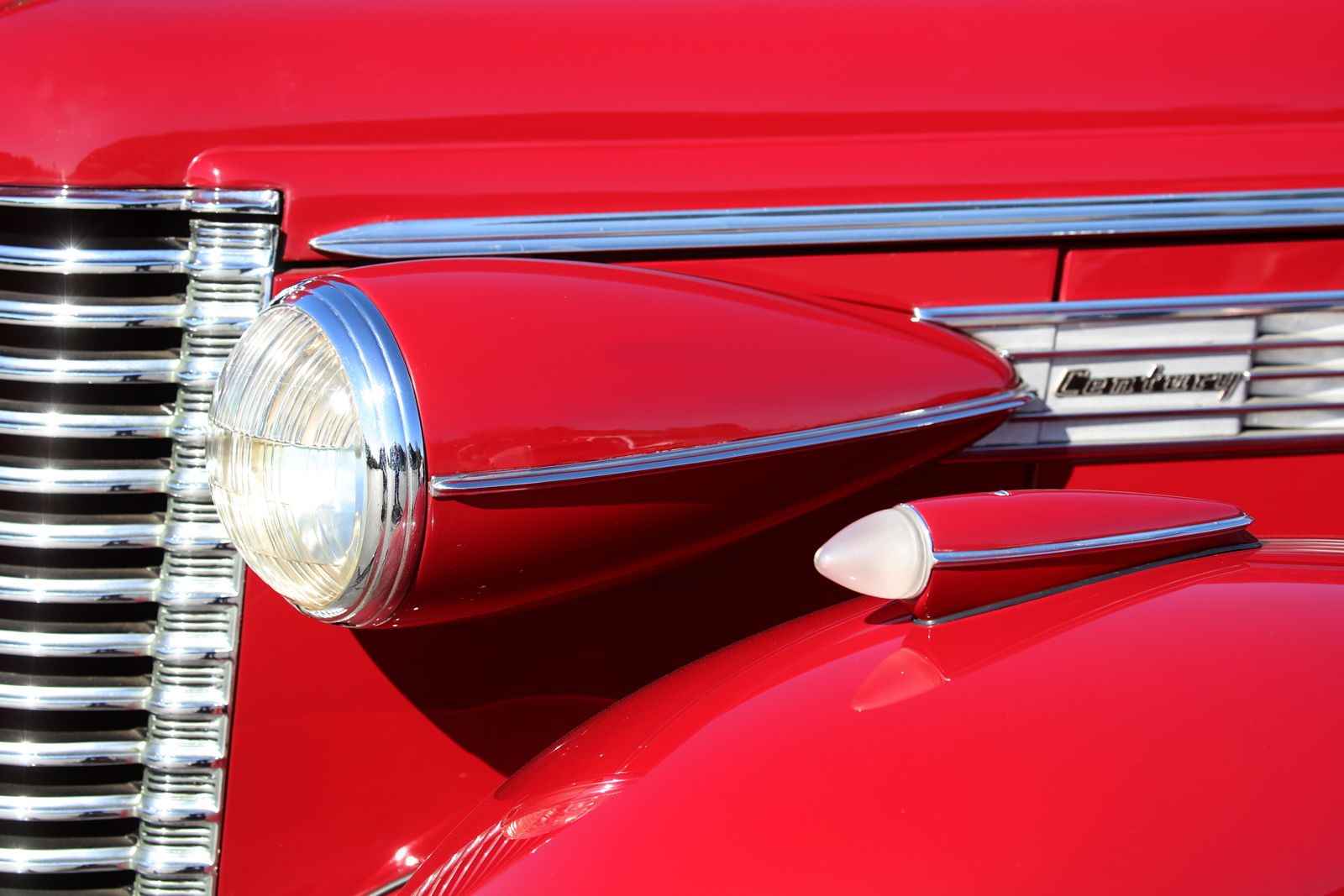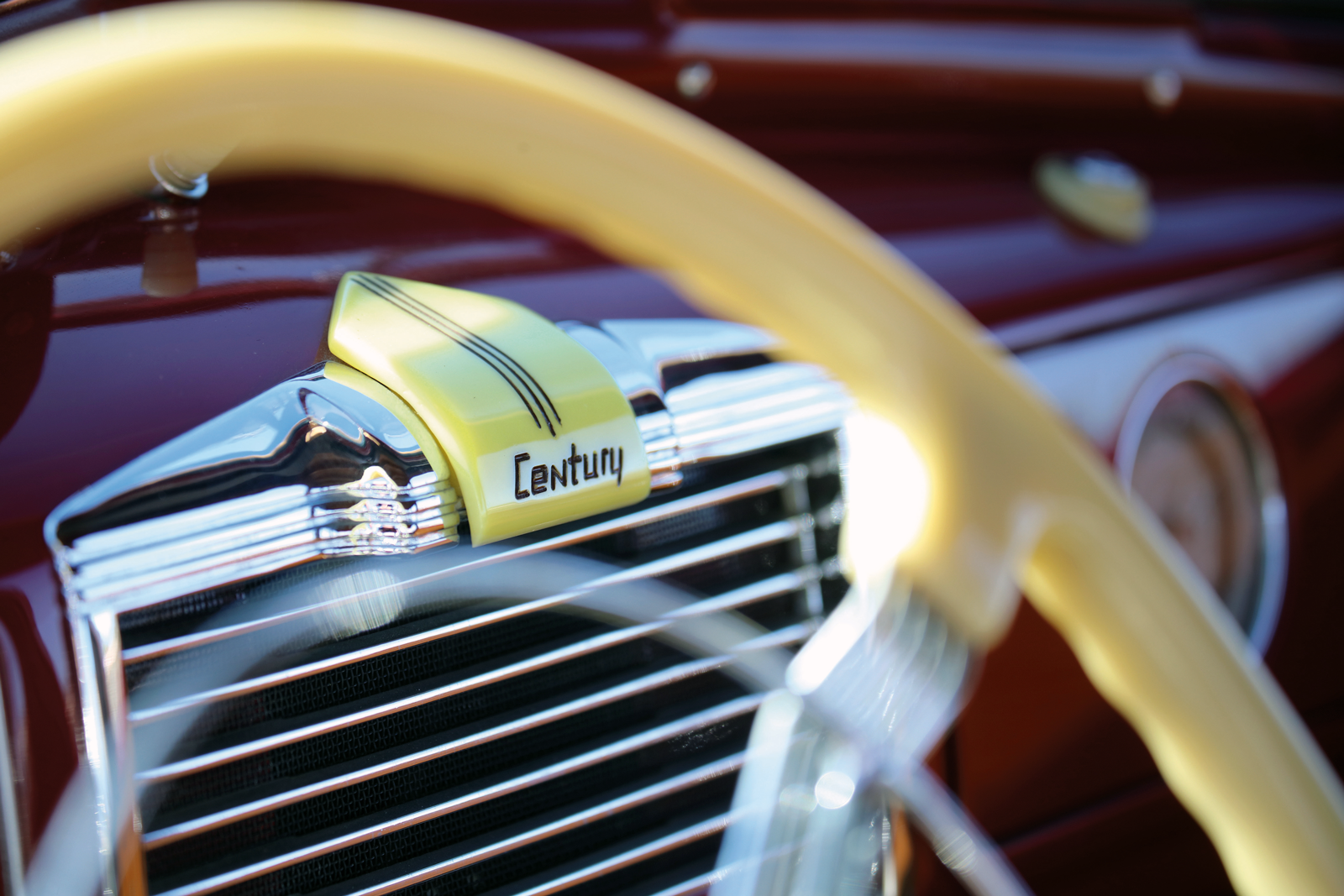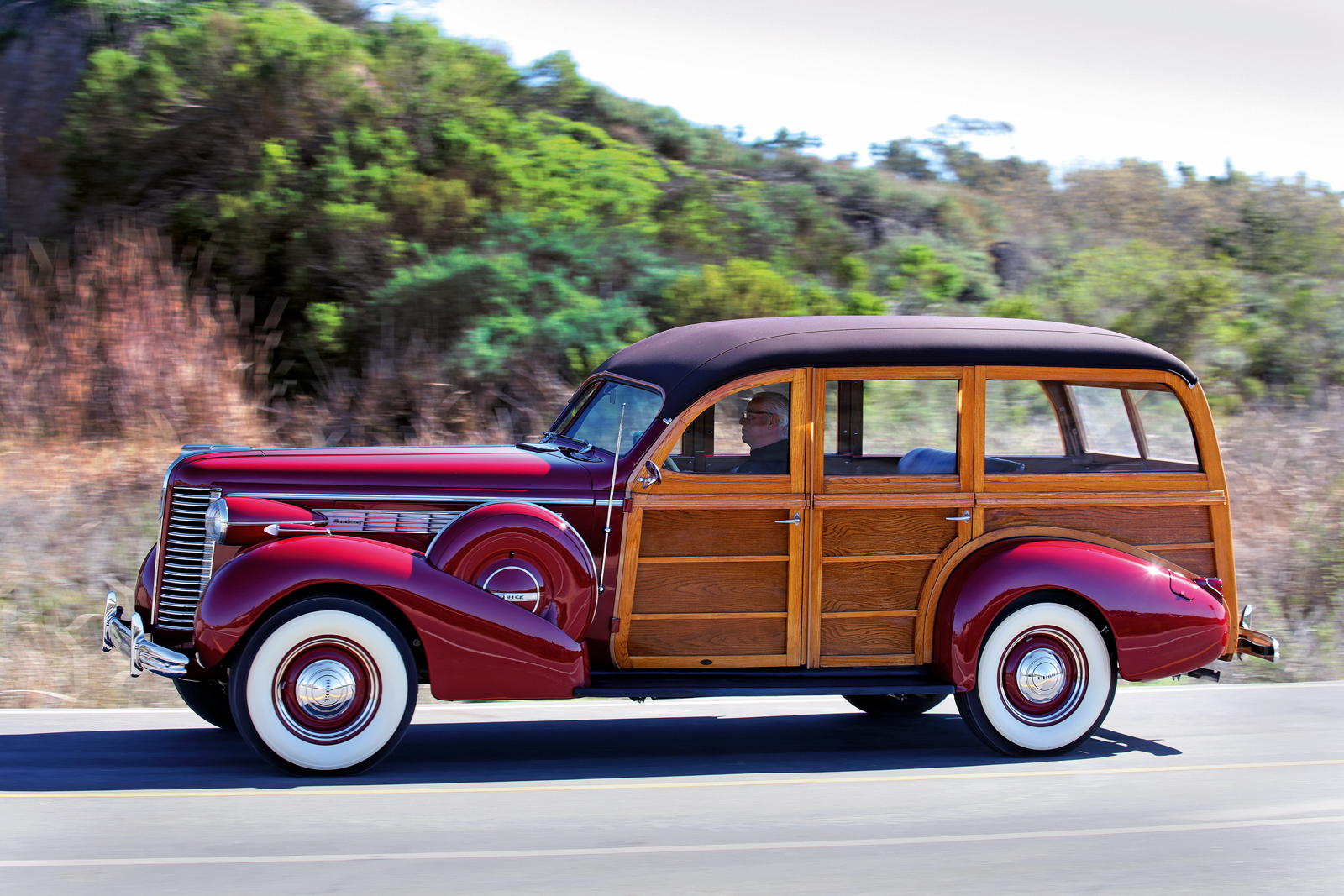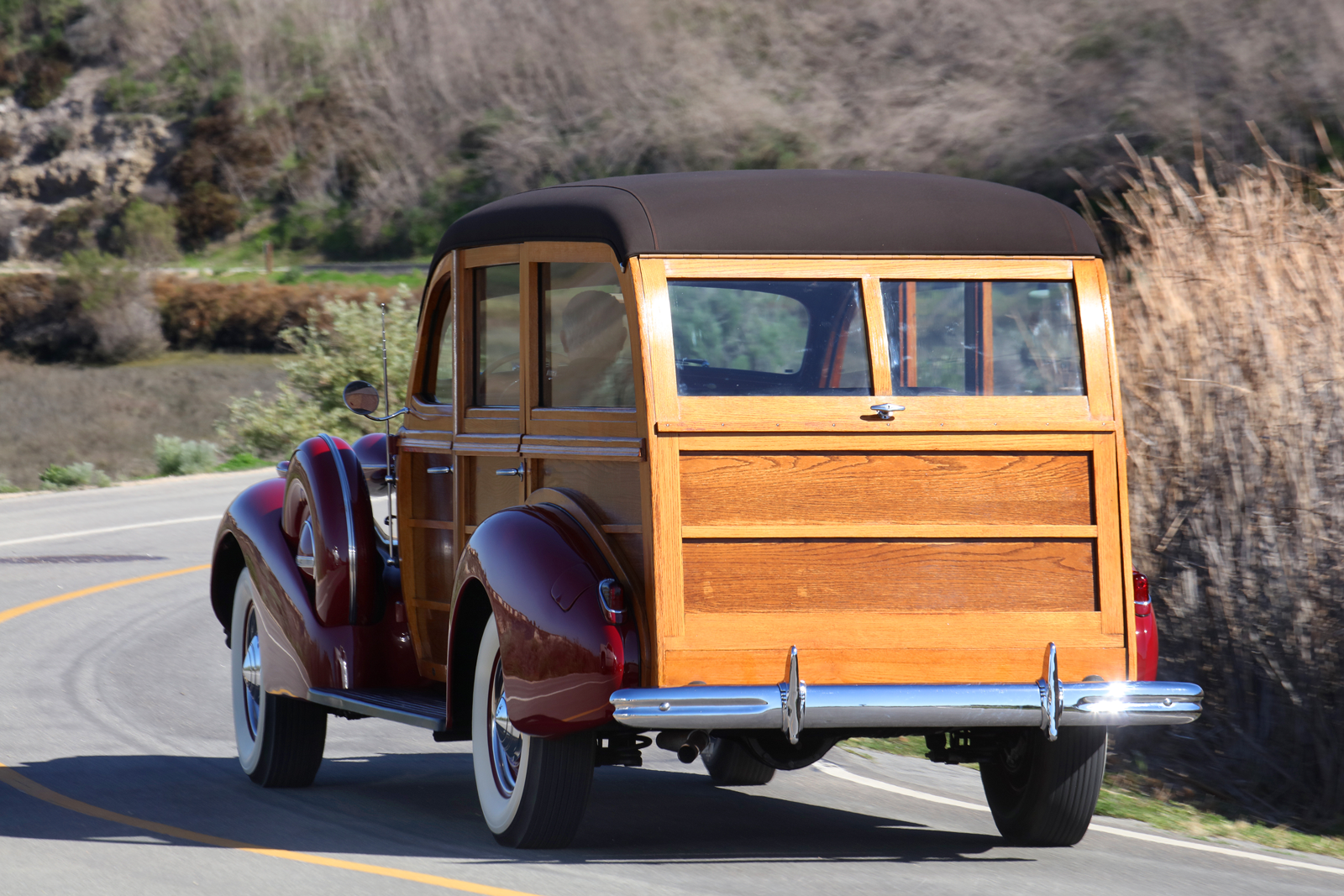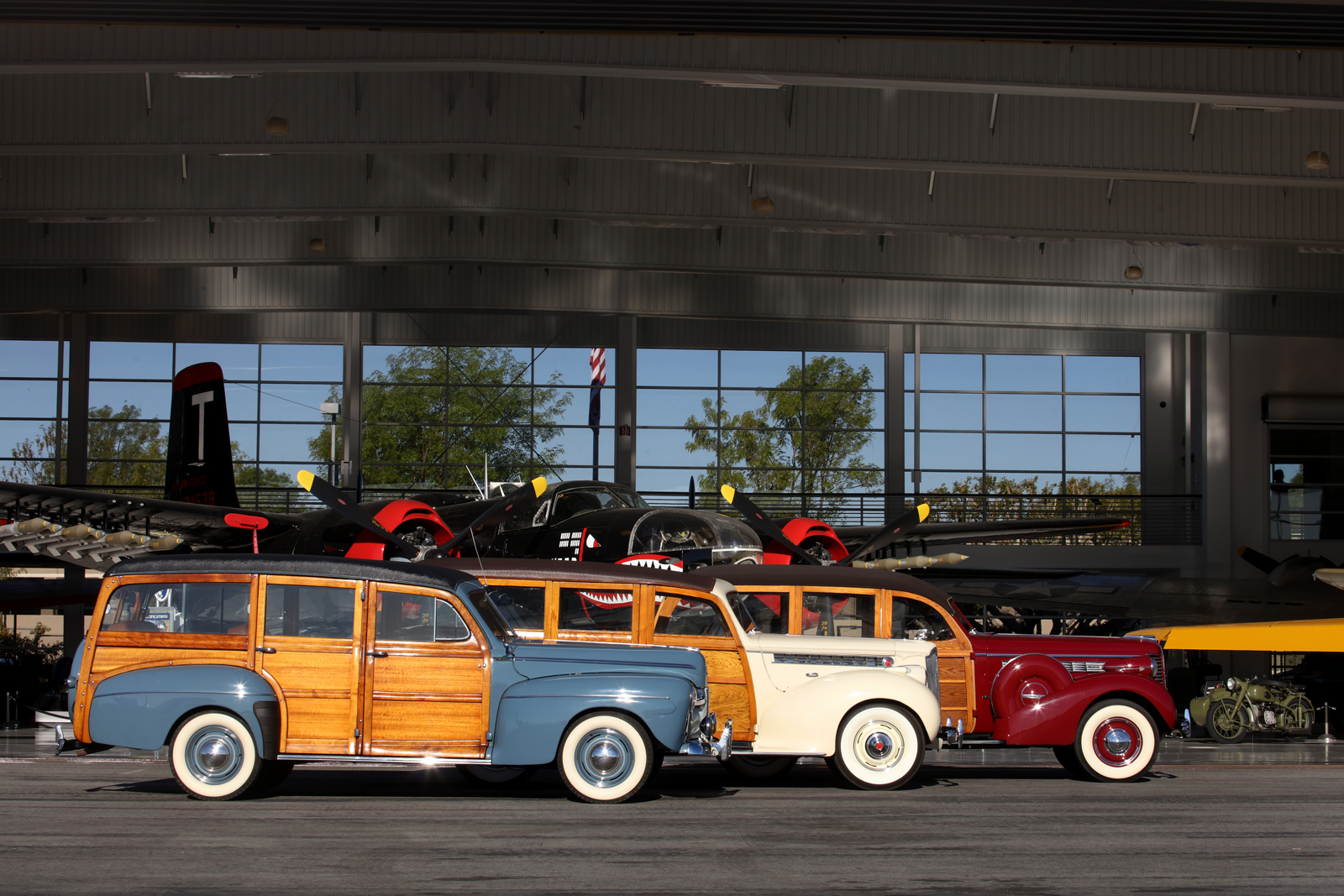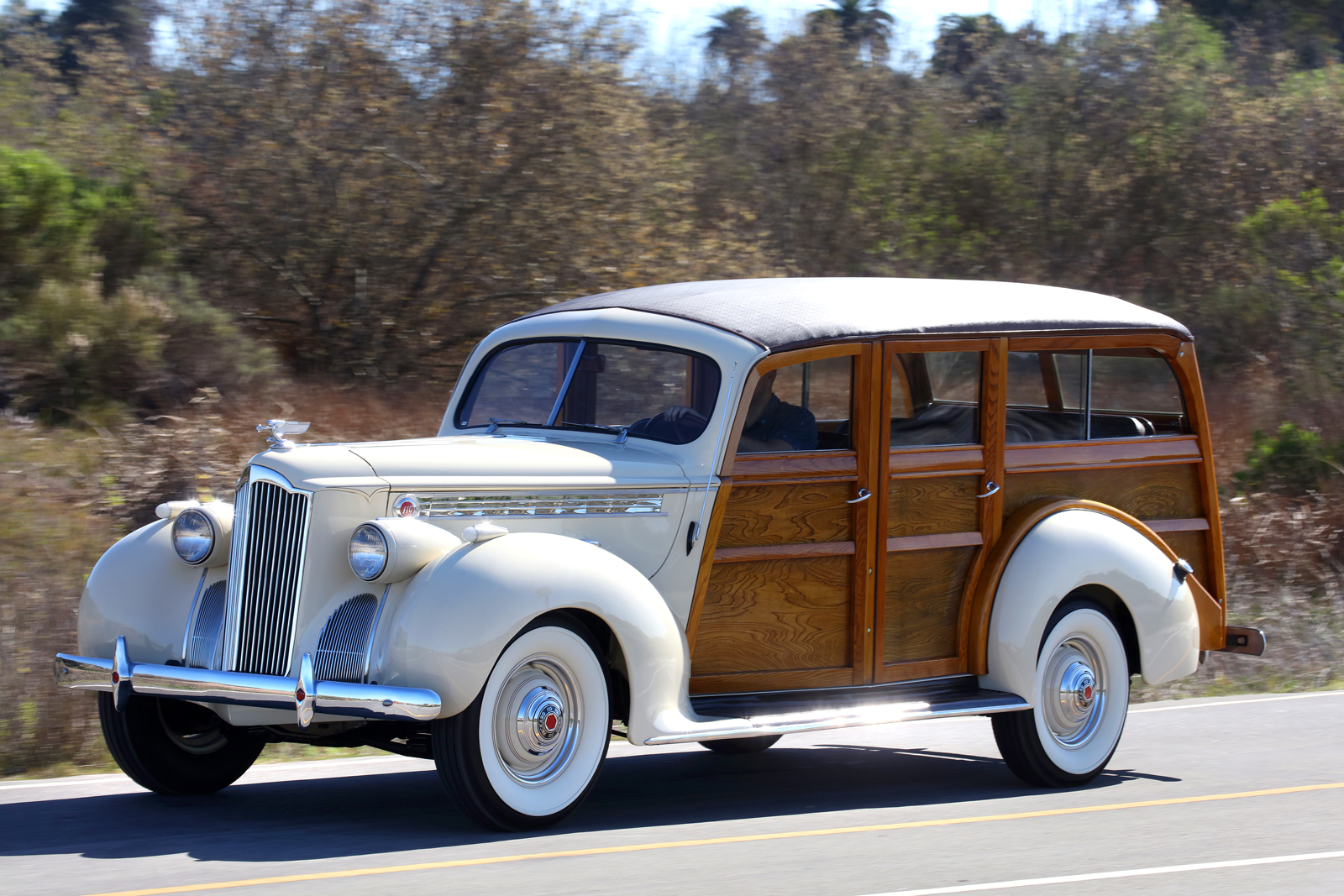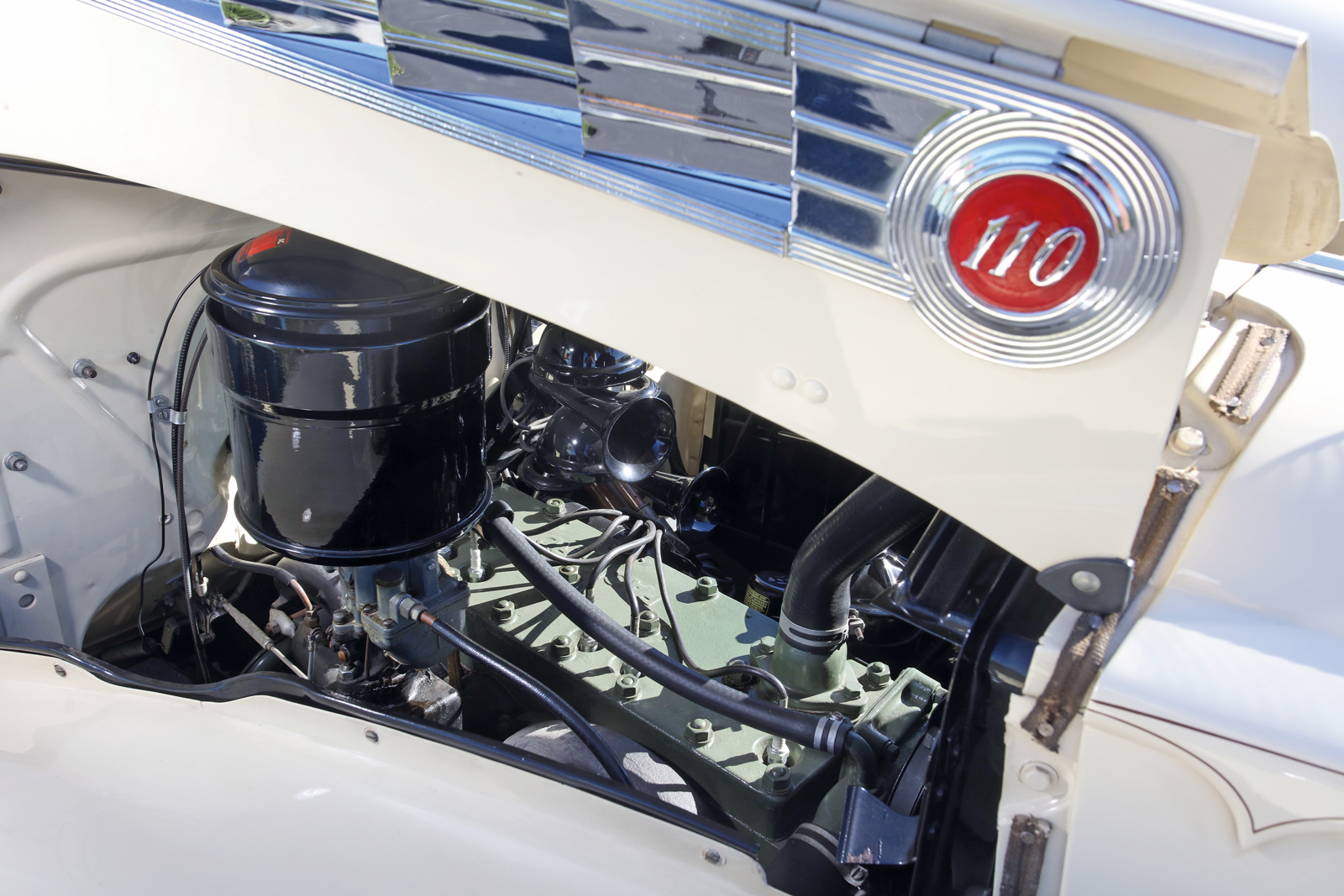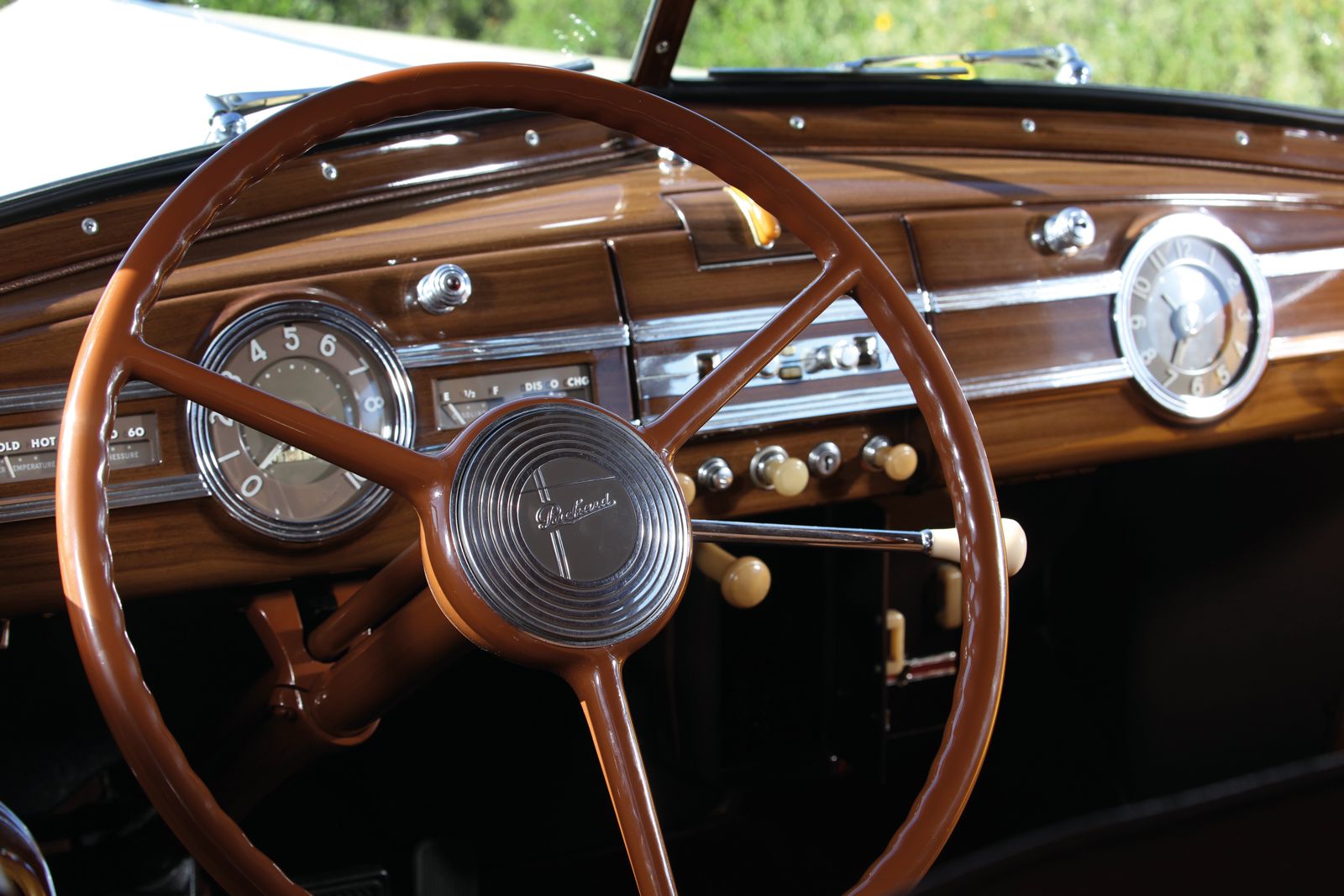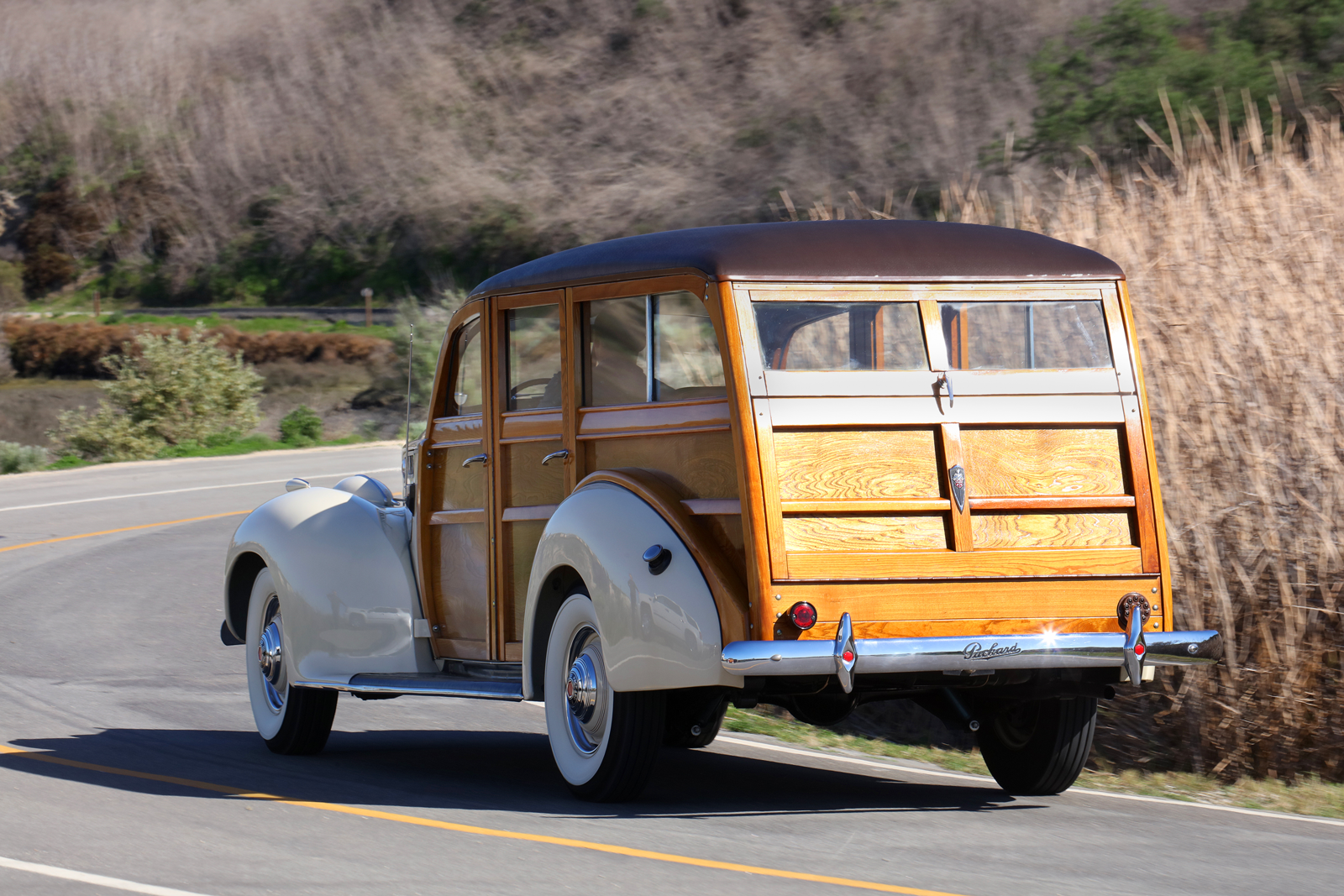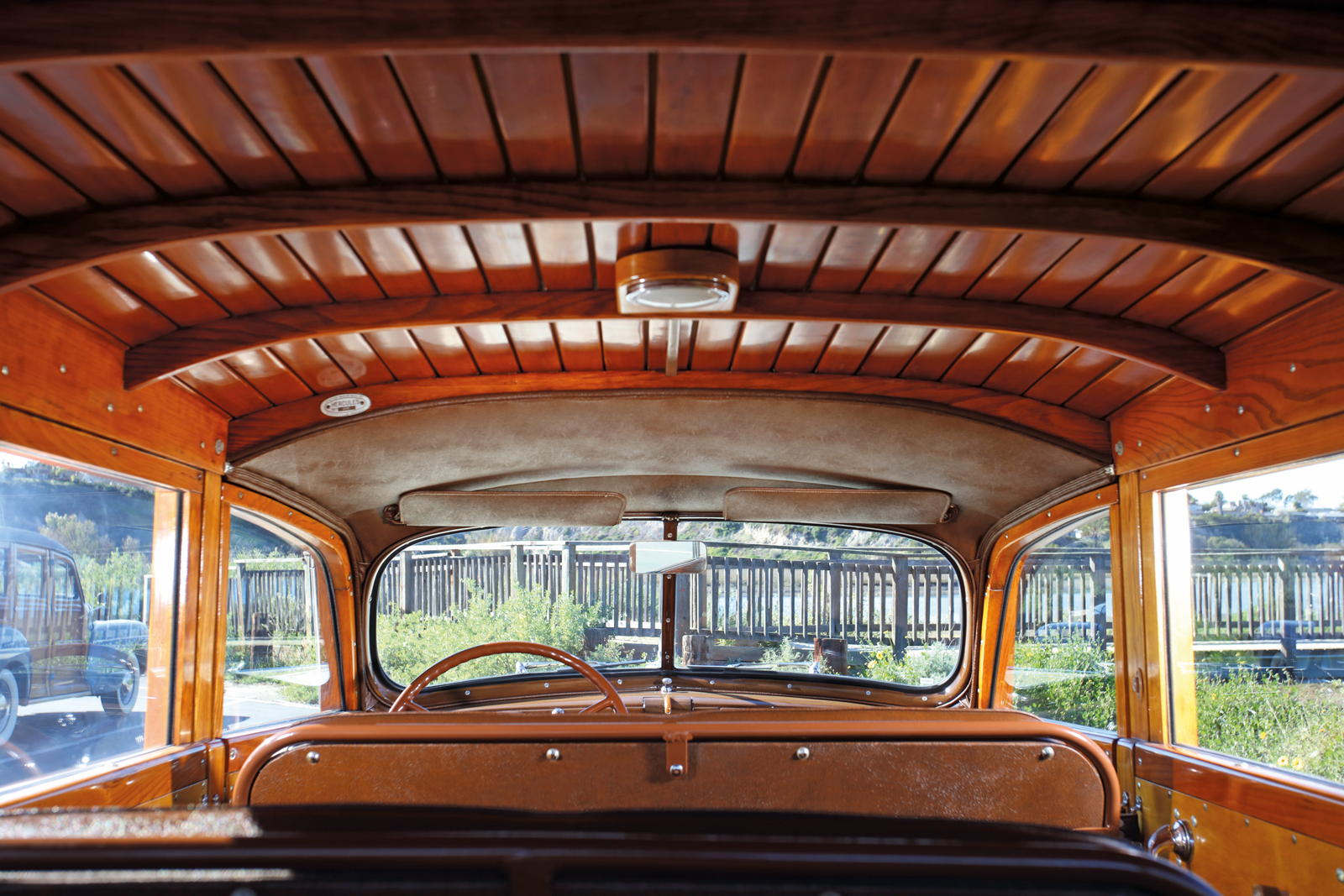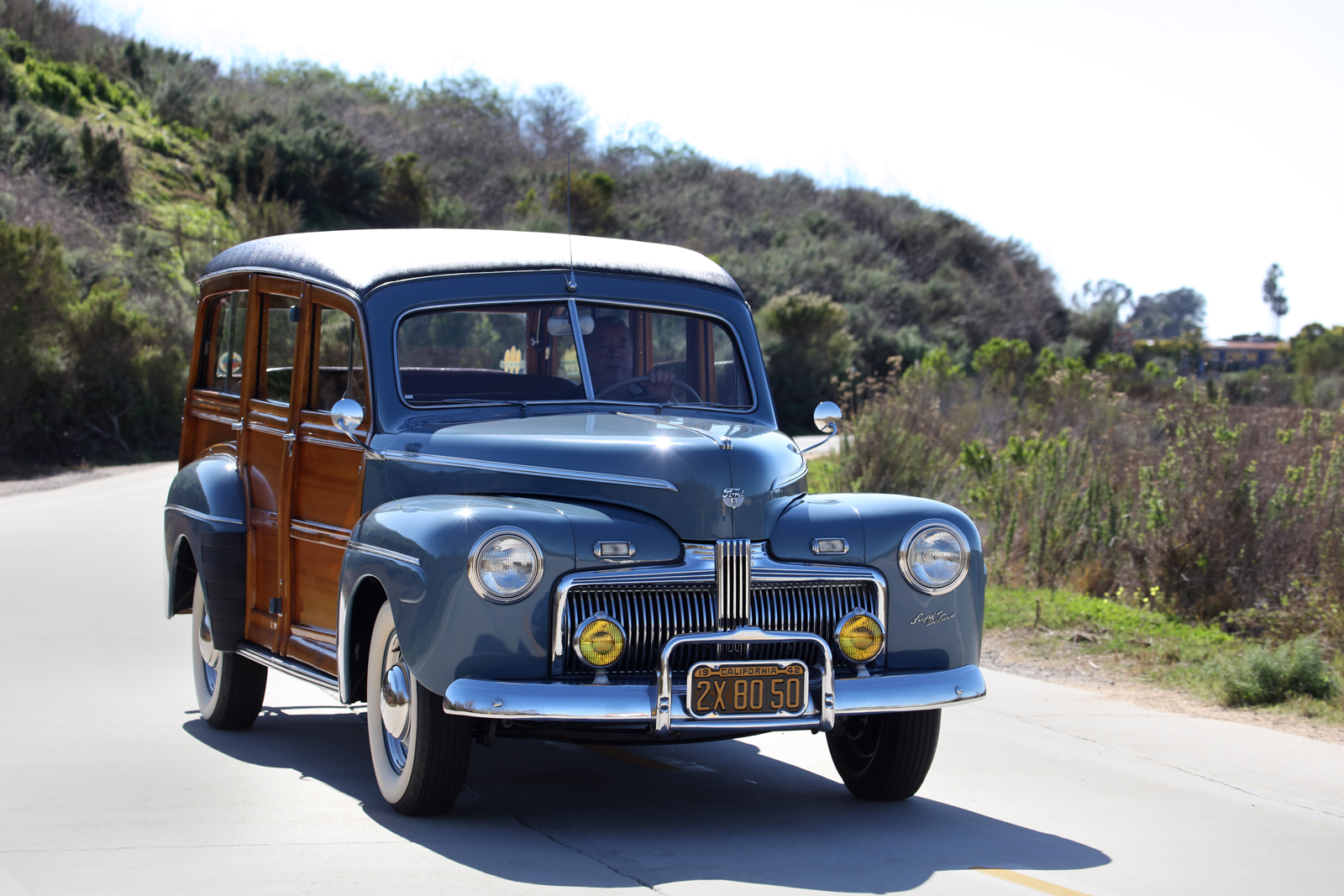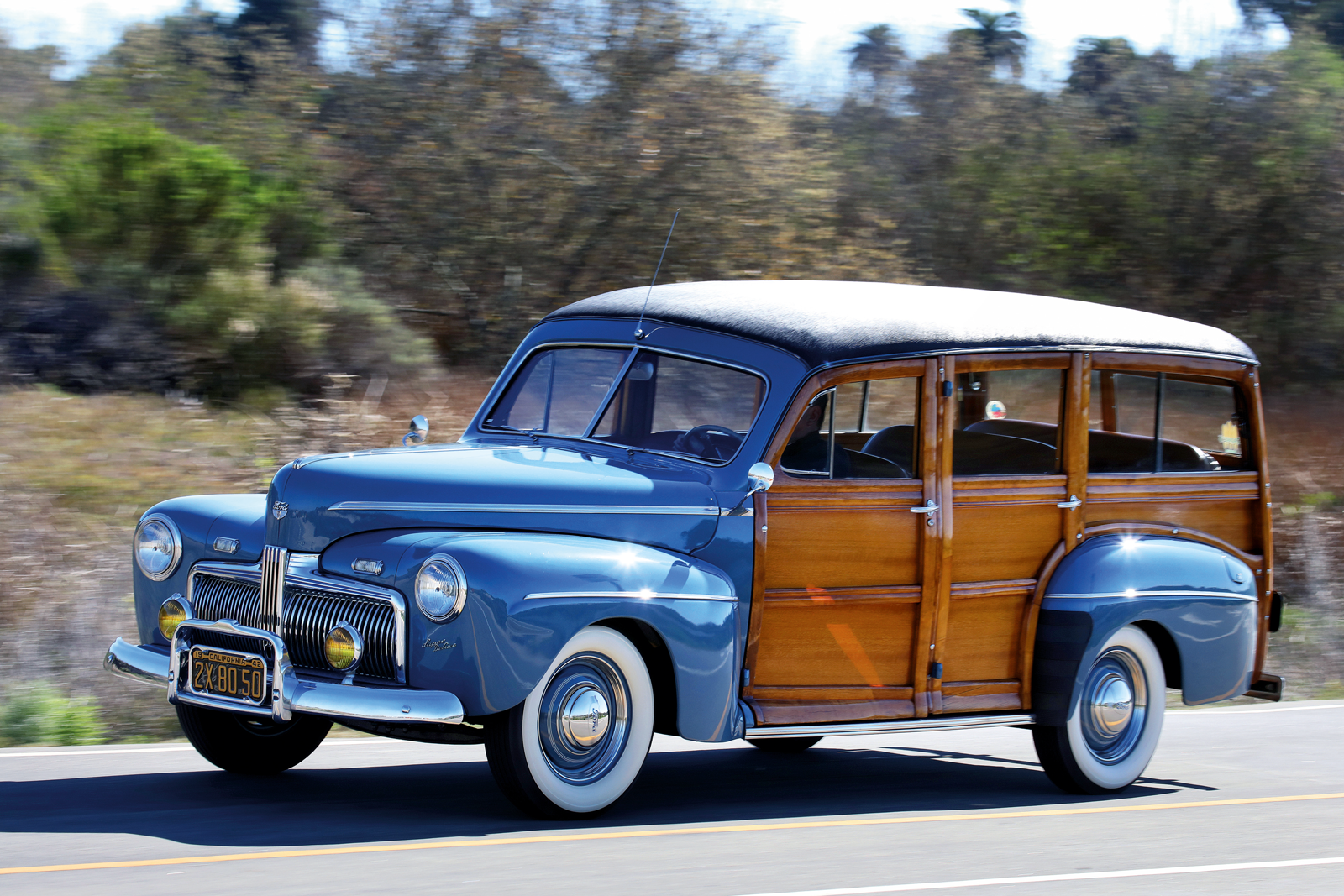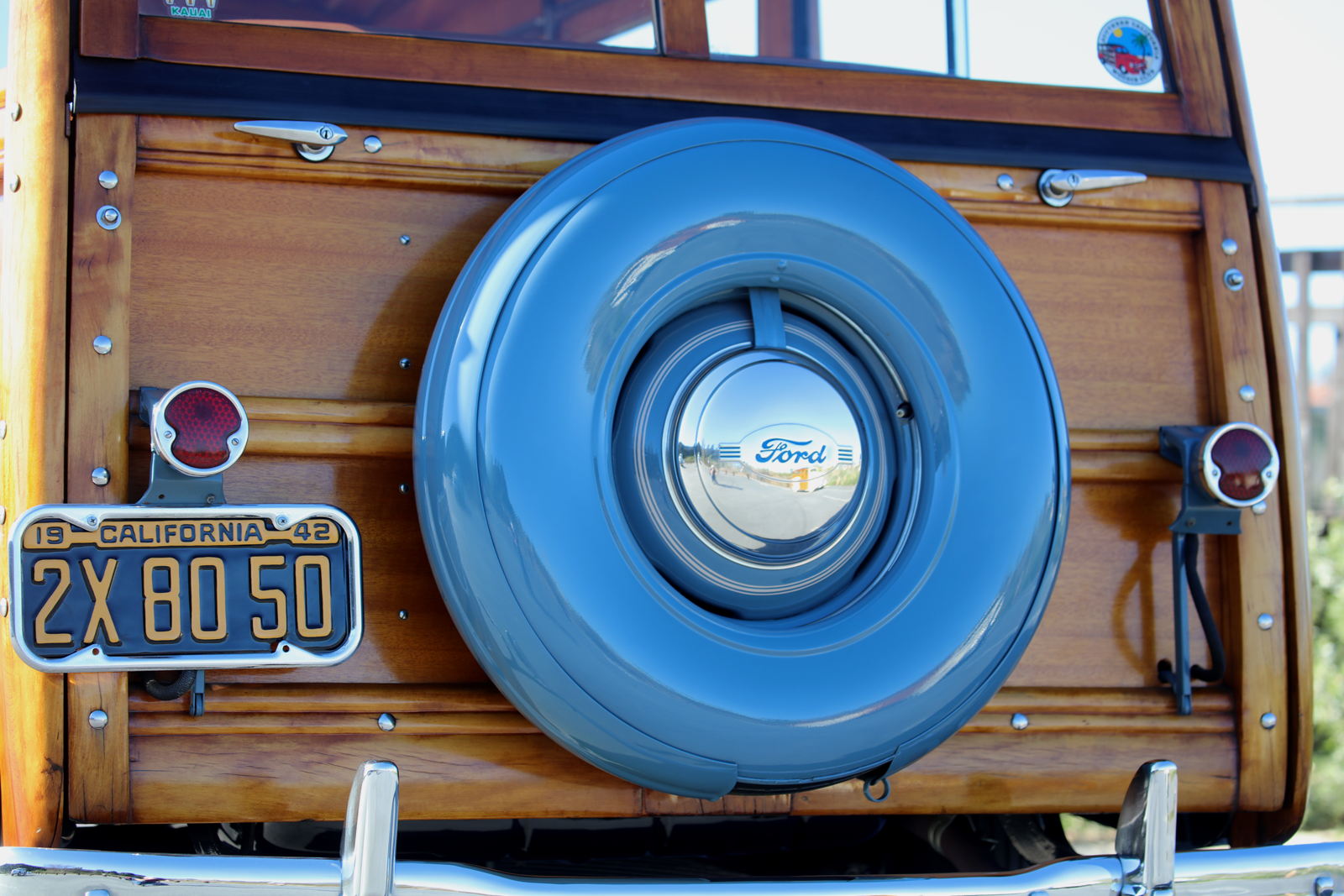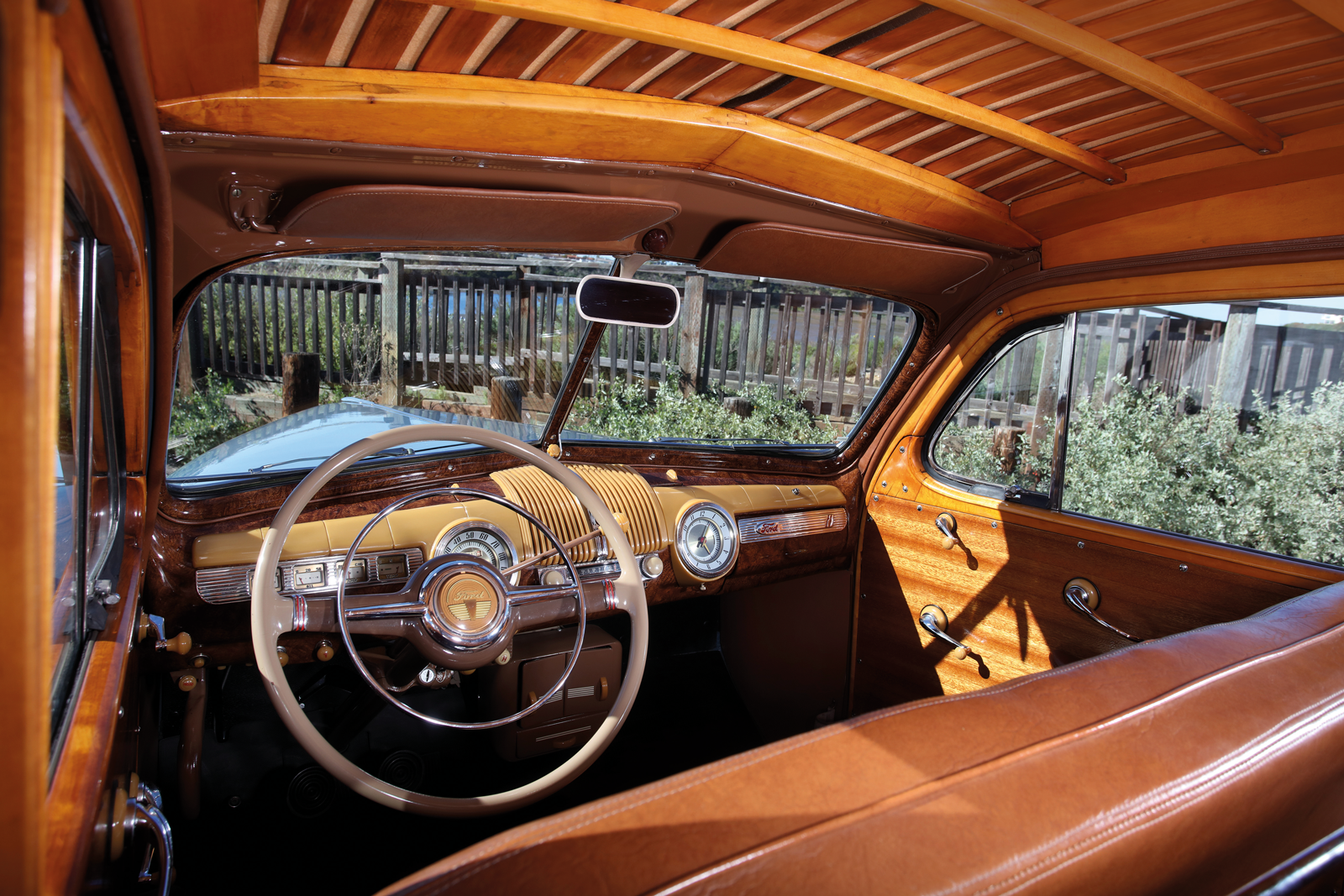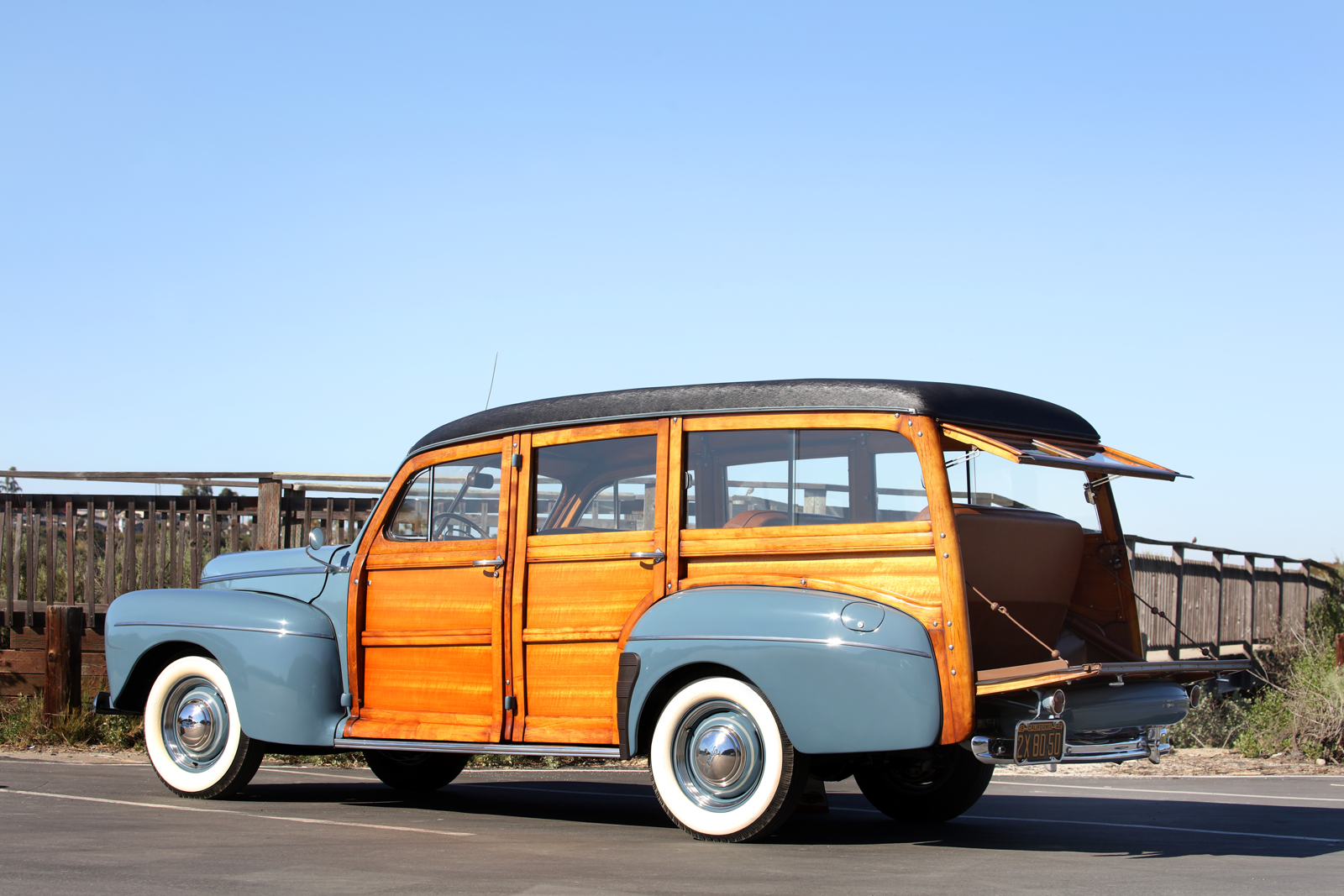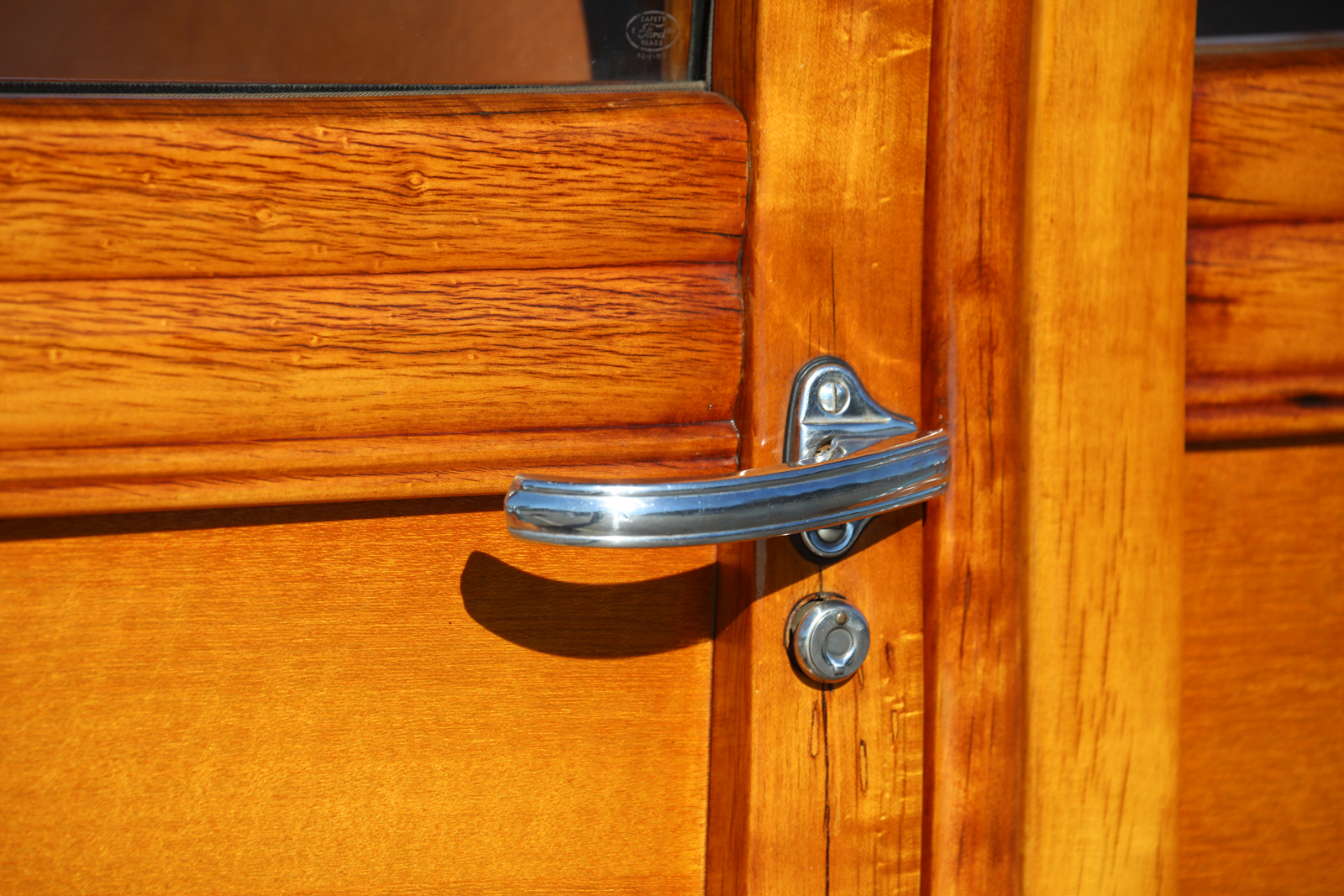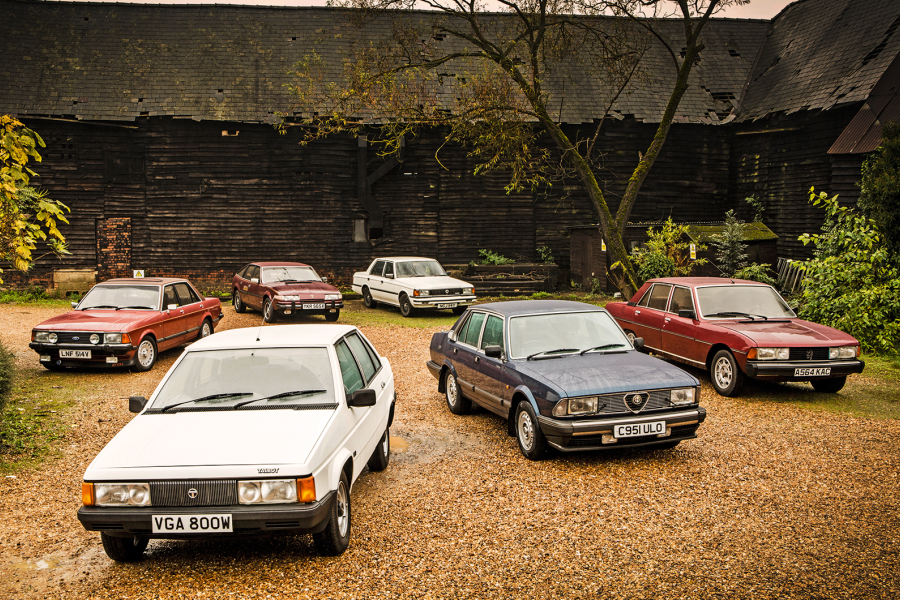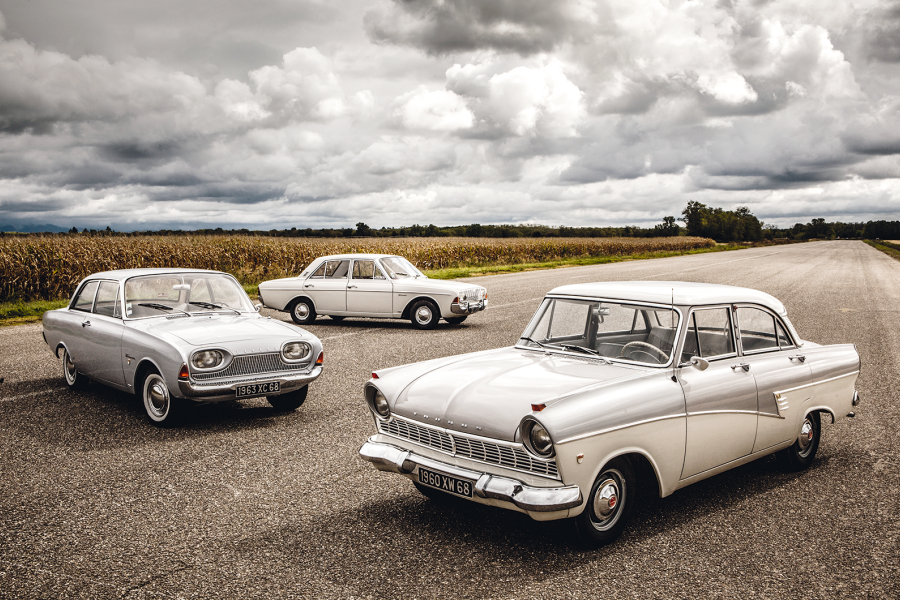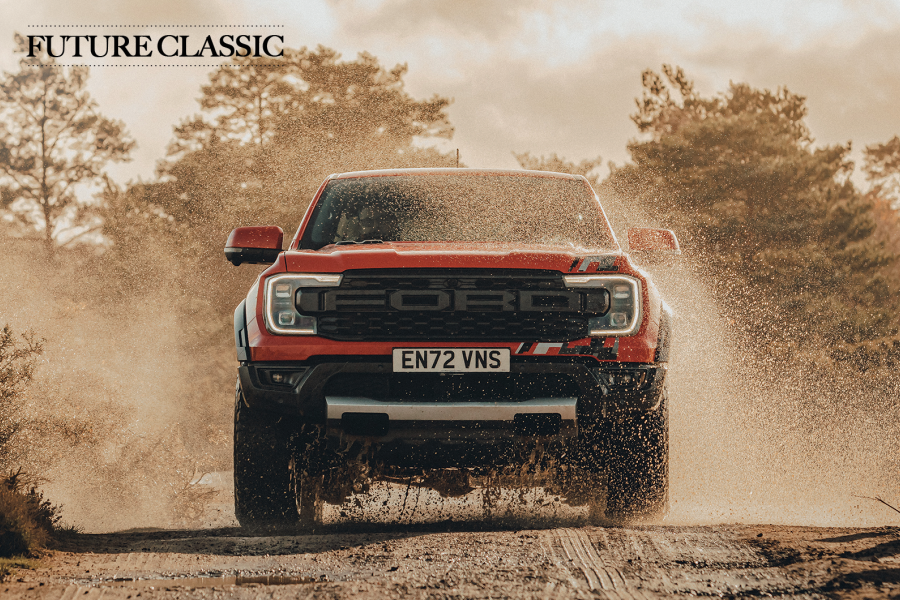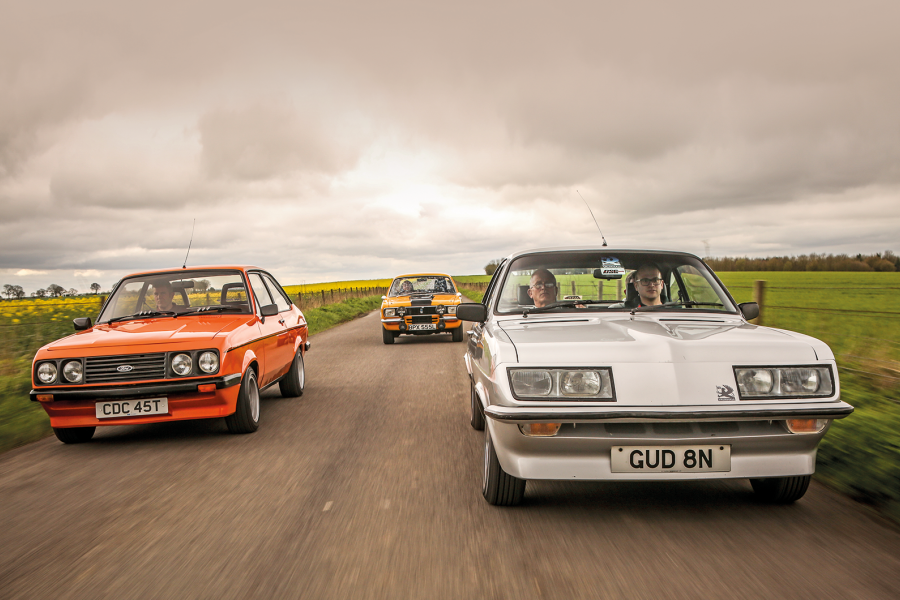Hercules was well placed to fulfil the orders having built bodies for Chevy’s Carryall since 1937, along with coachwork for International’s D2 station wagons.
In total, the Midwestern firm built 358 bodies for Packard’s 110 and 120 models, each using an ash frame with birch panelling, or mahogany if a customer was feeling flush.
Crevier’s 1940 110 features the former, and differs from the 120 only in terms of legroom – the 122in chassis of the entry-level car is 5in shy of the 120 – while under the bonnet lies a 100bhp, 245cu in straight-six allied to a three-speed manual gearbox with overdrive.
It speaks to the complexity of the work and the ongoing maintenance costs that fewer than a dozen examples are thought to survive.
Crevier’s car is therefore a rarity, fortunately saved by a dedicated collector after it surfaced in California in the 1970s, and it has gone on to become a consistent class winner and member of the Packard International Circle of Champions.
This 1942 Ford Super Deluxe is the youngest of our trio
But of all the woodies, no organisation blazed the trail with as much zeal as the Ford Motor Company when it came to custom bodywork.
No sooner could you buy a Model T passenger car than other flavours became available, from pick-ups and tourers to coupes and torpedo runabouts; the Blue Oval made sure you could make your Tin Lizzie your own.
It’s an ethos that continued throughout the 1930s and into the ’40s, by which time the production of timber-bodied station wagons was a strictly in-house affair, even down to the raw materials coming from the firm’s expansive 313,000-acre sawmill operation at Iron Mountain in Michigan.
The big Super Deluxe was the priciest in Ford’s range
The pinnacle of Ford’s wood-bodied station wagons arrived in 1941, coinciding with a complete redesign of the range led by Eugene Turenne ‘Bob’ Gregorie, an ally of Edsel Ford.
The pair had worked closely to create the Lincoln-Zephyr and ’39 Continental, but the update at the beginning of the next decade marked a departure from the pointed styling that had characterised Gregorie’s earlier work.
For 1941 a much more modern look was penned, with a wide body that almost totally consumed the old-fashioned running boards, front and rear wings that blended more closely with the body, and high and wide headlamps above the wheels.
The new styling was available in several body options, ranging from two-door coupes to four-door sedans, but the most expensive by some margin was the maple-framed station wagon, which set back buyers $1125.
The Ford is powered by this iconic flathead V8 and has an expensively appointed interior, as befits its ‘Super Deluxe’ name, with leather and chrome
In Super Deluxe trim, such as Crevier’s 1942 example, the woodie benefited from extra chrome, smart leather seats and a wood-grain dashboard, as well as featuring an attractive grille with vertical slats – a styling cue unique to that model year.
Beneath the wood-framed bodywork the Super Deluxe Wagon was comparable to its rivals, including its four-wheel hydraulic drum brakes, but the suspension was a bit more basic than the Buick, combining a solid front axle with a live rear and semi-elliptic leaf springs.
The drivetrain, too, was more tried and tested than cutting edge, with the top of the range model fitted with the firm’s 221cu in flathead V8 and a three-speed column-shift manual gearbox.
The ’42 Ford has four-wheel hydraulic drum brakes, and a solid front axle with a live rear and semi-elliptic leaf springs
No doubt many more Ford woodies would have been built were it not for the Second World War.
Following the bombing of Pearl Harbor on 7 December 1941, US car manufacturers threw their weight behind the war effort and Ford halted woodie production in January 1942.
The model wouldn’t return until after the conflict, with the last example being built in 1948 – a victim of the rising costs and changing tastes that also marked the end of the flathead.
The writing had been on the wall for timber-bodied station wagons for a number of years, and it was the war that proved the final nail in their coffin.
Buick tails Packard and Ford
By the time the 1950s rolled around, manufacturing processes had changed so much that it no longer made financial sense to opt for wood instead of steel as a structural element in suburban cars, while safety concerns no doubt played a role, too.
In Britain the woodie lived on until 1971 in the Morris Minor Traveller, but Stateside the trend became non-structural wood panelling, which later gave way to veneers and imitation finishes as late as the 1980s.
America’s love affair with the woodie will always be tied in with the beach culture of California, and it’s perhaps fitting that the pairing was also a marriage of convenience; costly and time-consuming to maintain, old woodies were cheap and plentiful in the 1960s.
Most of all they were practical, and there was no better way of getting to the beach with a gang of friends and a couple of longboards than the likes of this Buick, Ford and Packard.
Images: James Mann
Thanks to Crevier Classic Cars
READ MORE
Is this the ultimate Mercedes-Benz 123-series estate?
One of a kind: meet the only BMW E3 Estate in the world
Continental shift: driving the Lincoln Continental
Greg MacLeman
Greg MacLeman is a contributor to and former Features Editor of Classic & Sports Car, and drives a restored and uprated 1974 Triumph 2500TC
